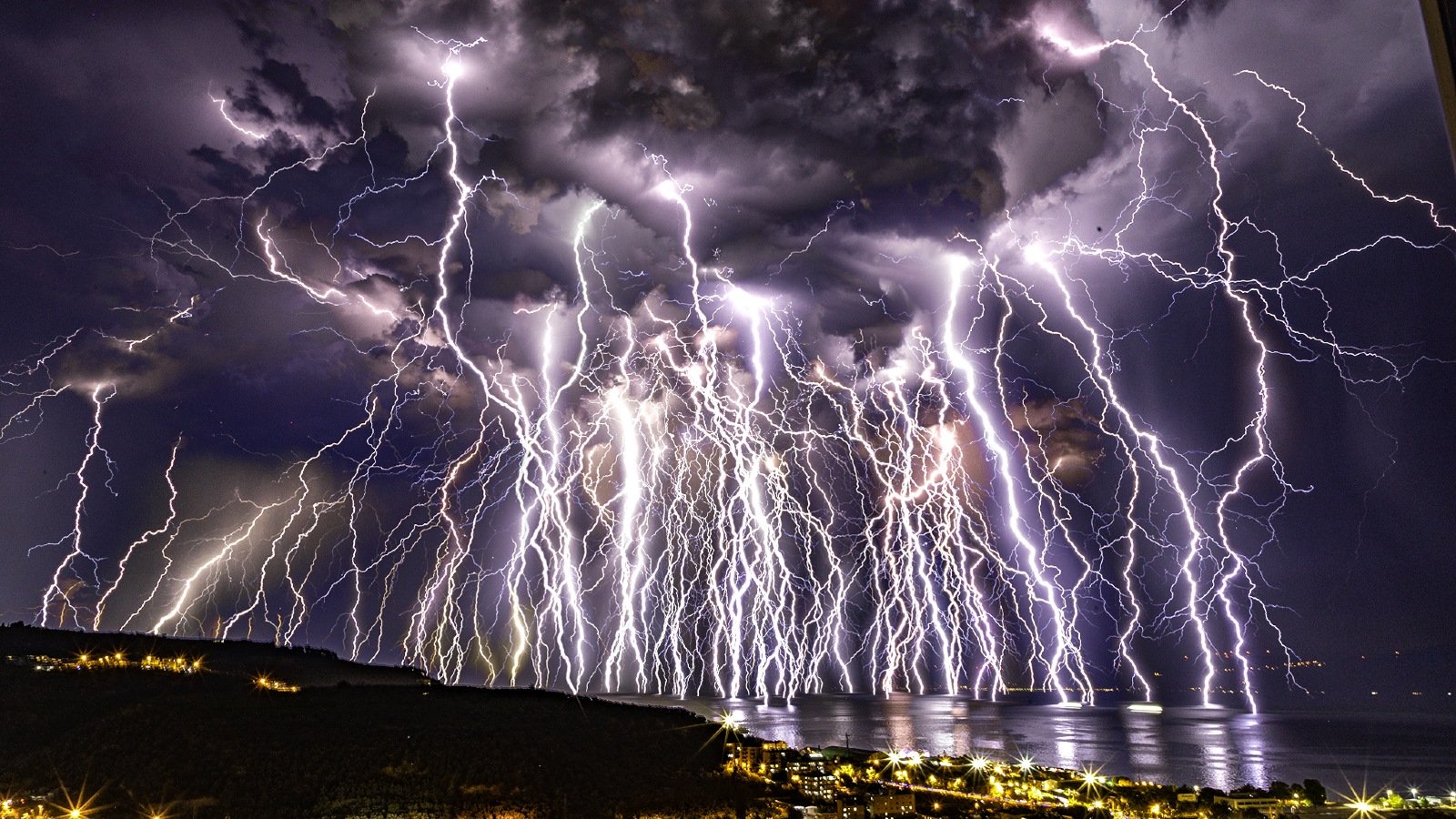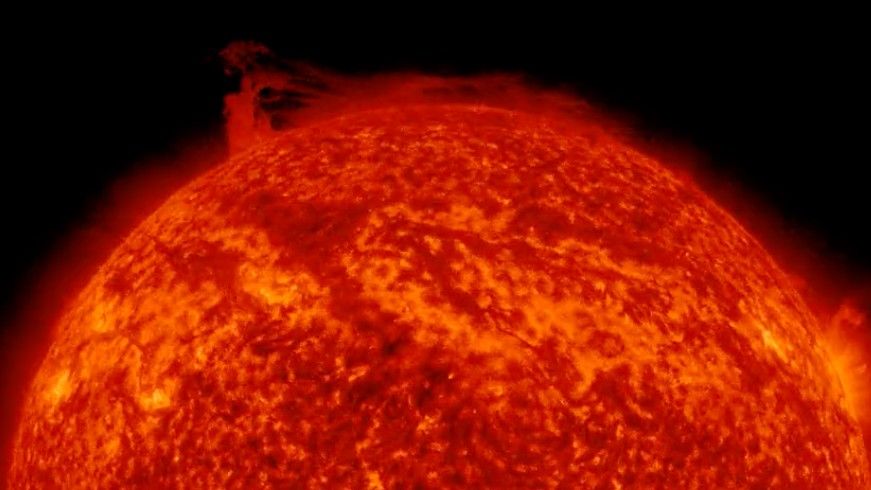Science news this week: Asia’s tallest tree and mysterious brain spirals
June 24, 2023: Our weekly roundup of the latest science in the news, as well as a few fascinating articles to keep you entertained over the weekend.

The news this week was dominated by the search for the OceanGate Titan submersible, which went missing during its descent to the wreckage of the Titanic. Tragically, the U.S. Coast Guard confirmed that debris found near the sunken ocean liner was part of the lost sub, and that it suffered a "catastrophic implosion," killing the five men inside.
Elsewhere, there was plenty of science to exercise your brain cells this week. There was the exciting discovery of an exotic new state of matter made of particles called excitons; extraordinary research looking at the cosmological constant problem, which suggests the expansion of the universe could be an illusion; and the discovery that your brain itself is filled with mysterious spiral signals that could be key to our cognition.
Far more tangibly, we learnt of the tallest tree in Asia, which stands at an astonishing 335 feet (102 meters) tall, and an anatomically accurate, 42,00-year-old penis pendant — the world's earliest known depiction of human genitalia.
The fascinating subject of ancient animals also made science news, and this week we learned of an armored ankylosaur that hints at a previously unknown migration, a giant sea monster decapitated with one clean bite and a set of fossils washed up during New Zealand’s deadly cyclone Gabrielle.
In health news, we found out that the key genetic risk factors for Dupuytren's disease, a crippling hand disorder also known as "Viking’s disease," are derived from Neanderthals, and — rather unpleasantly — where the credit card's worth of microplastics we inhale every week end up.
At Live Science, we’re dedicated to bringing you the latest science news with clarity, authority and humor, and this is just a taste of the stories we have to offer. Be sure to visit the site daily to stay updated, follow us on Facebook, Twitter and Instagram, and sign up to our daily newsletter using the form below.
Picture of the week

This striking time-lapse photo of more than 100 individual lightning bolts was taken during a fierce thunderstorm in Turkey. At least three different types of lightning are visible — cloud-to-cloud, where the bolt begins and ends in the clouds; cloud-to-ground, where the bolt hits the ground; and cloud-to-water, where the bolts strike the water.
Sign up for the Live Science daily newsletter now
Get the world’s most fascinating discoveries delivered straight to your inbox.
Astrophotographer Uğur İkizler created the electrifying image by combining individual shots collected over a 50-minute period, with a lightning strike happening every 30 seconds on average.
"Each and every one of them is beautiful, but when I combined all the lightning bolts into a single frame, it was a frightening sight," İkizler told Live Science in an email. The thunderstorm was a "magnificent visual feast," he added.
Weekend reading
- Could Earth be inside a black hole? And for that matter, could our universe be inside a black hole?
- The animal kingdom is full of cheats, and it could be a driving force in evolution.
- If you enjoyed the longest day of the year this week, you’re not alone (historically speaking). Here are 10 temples, tombs and monuments that align with the summer solstice.
- Will the East African Rift split the continent and create a new ocean, or will it fizzle out?
- Zombie movies have it all wrong. Parasites are the real zombie killers.
And finally…

From here on Earth, the sun may seem calm and steady, but our home star is in a perpetual state of flux, transforming over time from a uniform sea of fire to a chaotic jumble of warped plasma and back in a recurring 11-year cycle.
During this cycle, the sun's magnetic field gets tangled up like a ball of tightly wound rubber bands until it eventually snaps, turning the star's north pole into the south pole in the process. The lead-up to this gargantuan reversal is a period known as the solar maximum and is filled with rising sunspot numbers, bizarre plasma structures and enormous solar storms. It is a potentially perilous time for Earth, which gets bombarded by solar storms that can disrupt communications systems, damage power infrastructure and send satellites plummeting toward the planet.
Some scientists think the next solar maximum may be coming sooner — and be much more powerful — than we thought, and that we are poorly prepared for it.










